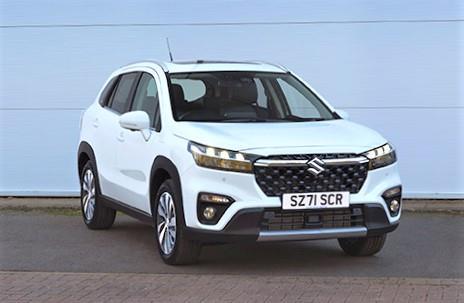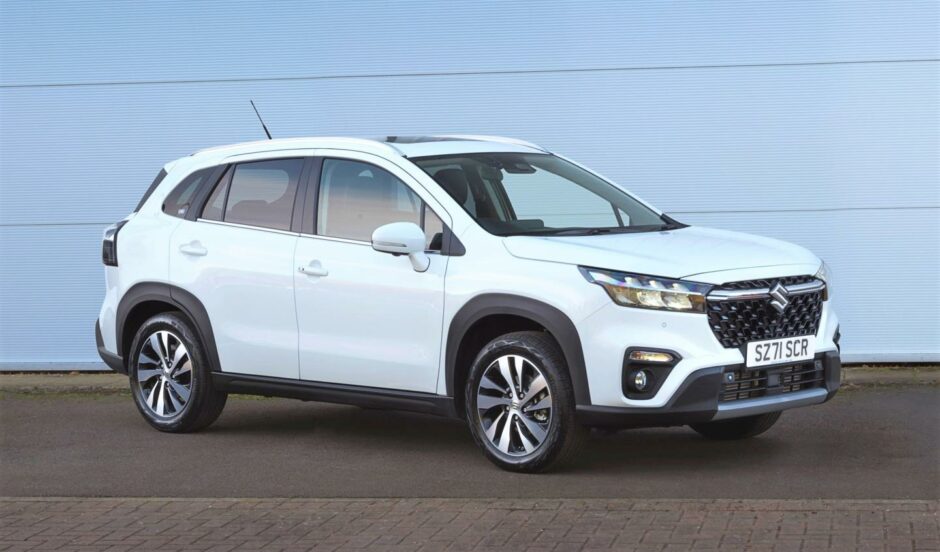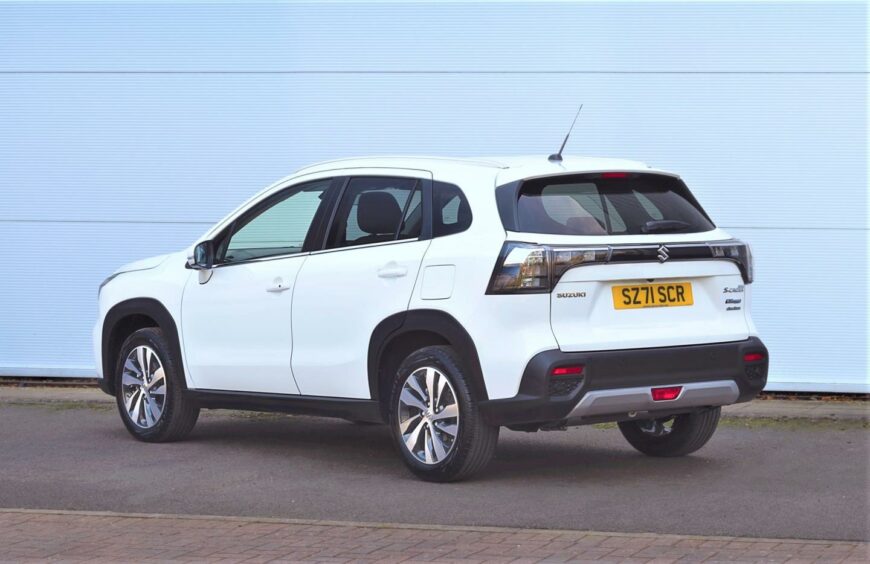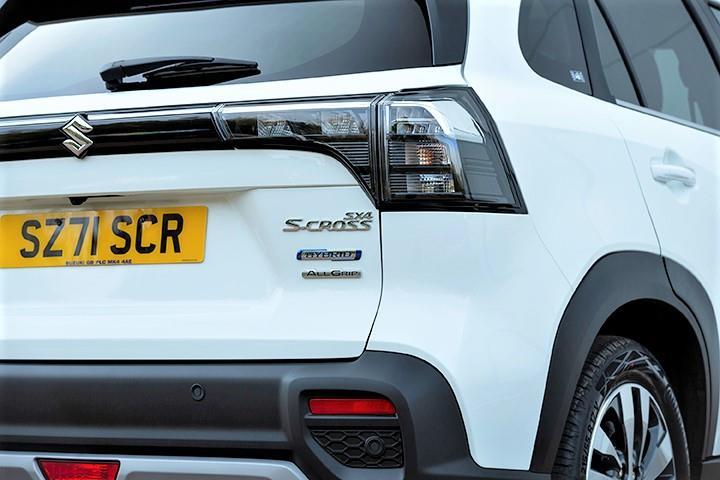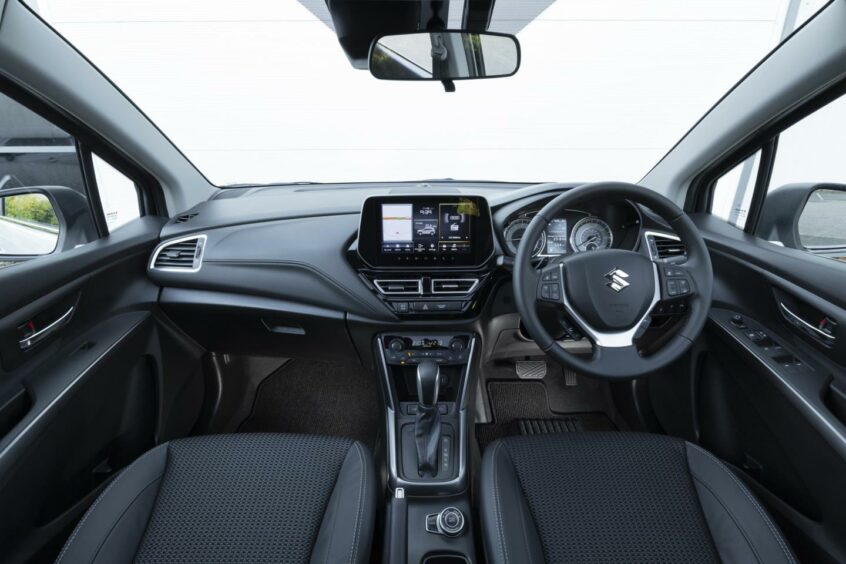What do you look for when buying a new car? Obviously style, looks and performance are important and, for some, what it says about you are crucial.
At a more practical level, how well does it fit in with your lifestyle and family demands?
Top of the list, of course, will be the price.
There’s no point in spending hours online browsing dealers’ and manufacturers’ websites or trawling round the showrooms for something that’s way beyond the reach of your pocket or bank account.
Customer service
What we often don’t consider – but which can make us very happy if it’s attentive or downright angry if it’s sadly lacking – is customer service. It’s often a bit intangible, but becomes very real when it’s right and especially so when it’s bad.
The Japanese manufacturer Suzuki have been around a long time but are still relatively small players in the market with only just over one per cent share of the business.
Models to fit all budgets and lifestyles
But they have a loyal following, not least because their current range of seven models from the petite but capable Ignis to the popular Swift hatchback, quirky mini-Defender lookalike Jimny Commercial and Vitara SUV to the Toyota joint ventures Across and Swace.
They are all fine machines in their own right setting high standards in technology, engineering and build quality.
Suzuki came out in a remarkable third position overall for dealer and customer satisfaction”
What the customers really appreciate, though, is the level of service they get from their dealers and that’s been backed up by the results of a survey of no fewer than 260 organisations across a wide range of business and not just confined to the car industry.
Suzuki came out in a remarkable third position overall for dealer and customer satisfaction, a reflection of just how good their network is and how much the level of service is appreciated.
For the record, the nearest car company was Dacia in 23rd position.
Suzuki are expecting a lot of interest from existing customers as well as some new to the brand – the so-called conquests – in the latest model to join their line-up.
They say it is more than just a facelift for the S-Cross which has been with us for eight years but has been in the shadow of its Swift and Vitara brothers for a lot of that time.
It has a tough fight on its hands in the so-called crossover market
Having said that there’s still a lot of evidence of the previous model in the latest version.
It has a tough fight on its hands in the so-called crossover market – the cars which are bigger and higher than a hatchback but not quite a grown-up SUV – is big and growing all the time.
It’s filled with names we’re familiar with like Qashqai, Sportage and Duster from well-established brands such as Nissan, Kia and Dacia, as well as Peugeot, Hyundai, Seat, Renault and Citroen.
They’re all targeting the big market for practical family-focussed cars which can fit us all in and have a limited ability to go off the beaten track without tackling anything too demanding.
Bold and confident looking
Suzuki certainly know what they’re doing when it comes to mechanical engineering with huge expertise in motorbikes, quads and marine engines as well as cars and the latest S-Cross pulls together the technology in a very neat package.
It’s built in the same factory in Hungary as the Vitara and has been given a new exterior look, modifying the previous design rather than changing it altogether and the result is a more bold and confident looking car.
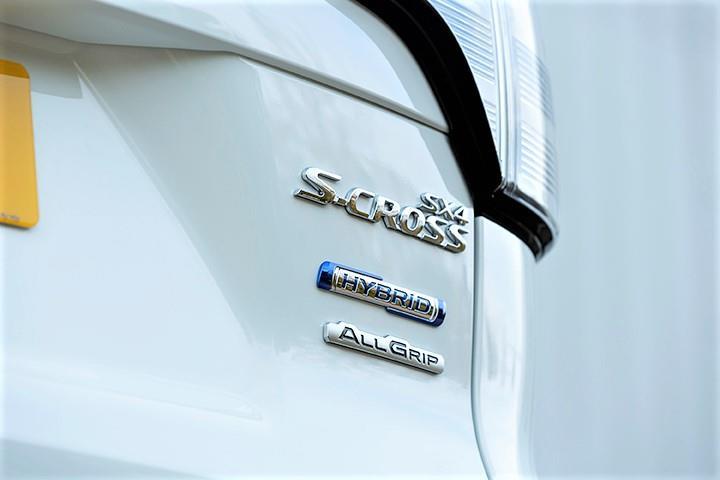
There’s a raised bonnet line, piano black front grille and three-position LED headlamps. At the back end, there’s a big lighting bar along with roof rails and an integrated rear spoiler.
The range has been simplified with two grades – Motion and Ultra – but even in the entry level, there’s a comprehensive list of equipment including adaptive cruise control, heated front seats and parking sensors front and back.
Allgrip four-wheel-drive system
Moving up to Ultra adds 17-inch polished alloys, leather seats, satnav, panoramic sliding sunroof and extra safety and comfort features including a 360-degree view camera. Suzuki’s Allgrip four-wheel-drive system comes as standard at this grade.
The 1.4 litre Boosterjet engine is a tried and tested unit which is also in the Vitara and is coupled with their 48V mild hybrid system to boost performance and improve fuel economy.
A full hybrid model is scheduled to appear on the British market towards the end of this year.
Suzuki say this means someone driving around 1000 miles a month will spend around £115 on fuel, which they claim is less than all of their competitors.
Nippy and smooth on the road
The Allgrip system is very capable, noted for its simplicity with four selectable drive modes for sport, snow, locked or auto but they’re designed more for slightly tricky conditions than full-scale mud-plugging.
On the road, it feels very friendly and easily driveable behind the wheel although the steering is quite light. Performance is remarkably nippy and the six-speed auto box goes about its job smoothly without any comment.
I was delighted to see they’ve kept a conventional pull-on handbrake rather than what is now the more common electronic version
Suspension is correspondingly light and smooth although some might find it too soft, but the benefit is that it absorbs the ruts and holes of our roads without complaint.
The interior looks familiar and while it couldn’t be described as plush it is functional and well laid-out even if there is a high level of plastic finish compared to some of the competition.
While there’s a lot of new technology, I was delighted to see they’ve kept a conventional pull-on handbrake rather than what is now the more common – but fiddly and inflexible – electronic version.
Overall, the S-Cross can more than hold its own in its group, and with the added bonus of Suzuki’s highly-rated customer service, buyers are certain to leave happy – and with a car that more than meets their needs.
The Facts
Model: Suzuki S-Cross 1.4 Boosterjet Mild Hybrid Ultra Allgrip auto
Price: £31,149 (£31,699 as tested)
0-62mph: 10.2 secs
Top speed: 121mph
Economy: 46 mpg combined
Co2 emissions: 139 g/km
